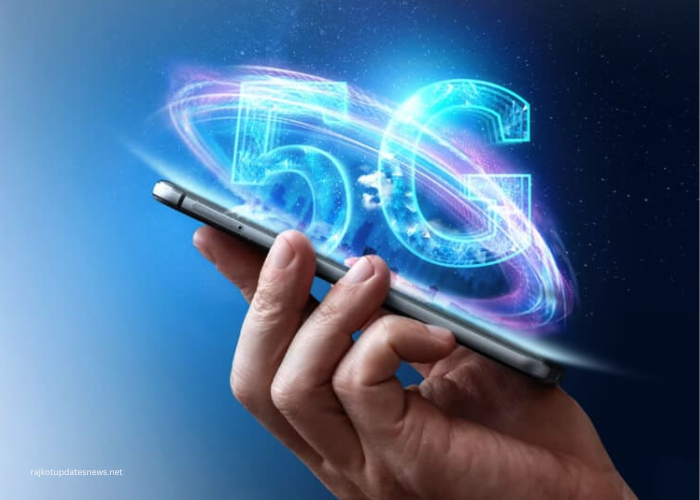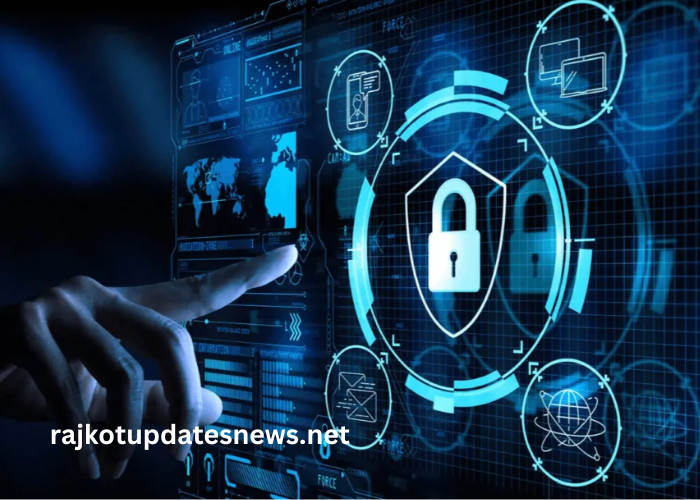In recent years, the world has witnessed a dramatic evolution in mobile communication technology. The emergence of 5G, the fifth generation of mobile networks, represents a revolutionary leap forward, promising to transform connectivity on a global scale. As we stand on the cusp of a new era in digital communication, 5G technology is set to redefine how we interact with each other, with technology, and with the world around us.
What is 5G?
5G, short for the fifth generation, is the latest advancement in mobile network technology. It offers significantly faster speeds, lower latency, and greater capacity compared to its predecessors, such as 4G and 3G. At its core, 5G is designed to deliver peak data rates of up to 20 gigabits per second (Gbps), which is approximately 100 times faster than 4G. This enhancement enables users to download large files, stream high-definition videos, and engage in real-time applications with unprecedented ease and efficiency.
Moreover, 5G networks are built to support a massive number of connected devices simultaneously. This capability is critical as we move toward an increasingly interconnected world where billions of devices—from smartphones to smart home appliances, autonomous vehicles, and industrial machinery—rely on seamless and uninterrupted connectivity. With its ultra-reliable low latency, 5G also ensures near-instantaneous communication, paving the way for innovations that require real-time interaction, such as remote surgery, autonomous driving, and augmented reality experiences.
The Global Impact of 5G
The introduction of 5G technology is not merely an incremental improvement over previous generations; it is a transformative force poised to reshape industries, economies, and societies worldwide. Let’s explore some of the key areas where 5G is making a significant impact:
Revolutionizing Mobile Connectivity
The most immediate and apparent impact of 5G is in enhancing mobile connectivity. With its high-speed data transfer capabilities and low latency, 5G allows users to experience smoother, more responsive internet browsing, video streaming, and gaming. This leap in performance is particularly beneficial in densely populated urban areas, where network congestion has often led to slower speeds and reduced service quality.
Furthermore, 5G’s ability to handle a higher density of connected devices ensures that mobile networks remain robust and reliable, even in crowded environments like stadiums, concerts, and public transportation hubs. This capability not only improves the user experience but also opens up new possibilities for event organizers and service providers to deliver enhanced, interactive experiences to their audiences.
Driving Innovation in Healthcare
One of the most promising applications of 5G is in the healthcare sector. The technology’s ultra-reliable low latency and high bandwidth make it ideal for supporting telemedicine, remote patient monitoring, and even remote surgery. For example, doctors can perform surgeries on patients located thousands of miles away using robotic instruments controlled in real-time over a 5G network. This capability could revolutionize access to specialized medical care, especially in remote or underserved regions.
Additionally, 5G enables the seamless integration of wearable health devices and sensors, allowing for continuous monitoring of patients’ vital signs and immediate transmission of data to healthcare providers. This real-time monitoring can significantly enhance patient care, enabling earlier detection of potential health issues and more timely interventions.
Enabling Smart Cities and IoT
The rise of 5G is a cornerstone for the development of smart cities and the broader Internet of Things (IoT) ecosystem. With its ability to connect a vast number of devices simultaneously, 5G provides the backbone for intelligent transportation systems, smart grids, and connected infrastructure. For instance, traffic lights can dynamically adjust to real-time traffic conditions, reducing congestion and improving urban mobility. Similarly, smart grids can optimize energy consumption and distribution, enhancing the efficiency and sustainability of urban areas.
In the context of IoT, 5G enables a new generation of connected devices, from smart home appliances to industrial sensors, all communicating seamlessly with each other and with centralized control systems. This interconnectedness enhances operational efficiency, reduces costs, and improves the quality of life for citizens, making cities more sustainable, resilient, and responsive to the needs of their inhabitants.
Transforming Industries Through Automation and AI
5G is set to be a game-changer for various industries, particularly those that rely heavily on automation and artificial intelligence (AI). In manufacturing, for example, 5G can support the deployment of smart factories, where connected machines and robots can communicate in real-time, optimizing production processes, reducing downtime, and minimizing waste. This capability not only boosts productivity but also enhances the flexibility and responsiveness of manufacturing operations, allowing companies to quickly adapt to changing market demands.
In the logistics and transportation sectors, 5G enables the real-time tracking of goods and vehicles, improving supply chain visibility and efficiency. Autonomous vehicles, both in consumer and industrial applications, rely on 5G’s low latency to make split-second decisions, enhancing safety and reliability. The combination of 5G, AI, and automation is poised to revolutionize these industries, driving greater efficiency, innovation, and competitiveness.
Challenges and Considerations
While the potential of 5G is immense, its deployment and adoption are not without challenges. One of the primary concerns is the significant investment required to build and maintain 5G infrastructure. Unlike previous generations, 5G networks rely on a dense network of small cells, which requires extensive deployment of new hardware and equipment. This investment can be a barrier, particularly for developing countries or rural areas where the return on investment may be less immediate.
Additionally, there are concerns related to cybersecurity and privacy. As 5G connects more devices and systems, the potential attack surface for cyber threats increases. Ensuring the security and integrity of 5G networks is critical to prevent data breaches, cyberattacks, and other malicious activities that could disrupt services or compromise sensitive information.
Another consideration is the need for regulatory frameworks and standards to ensure the smooth and equitable deployment of 5G technology. Governments and industry stakeholders must collaborate to establish guidelines that promote fair competition, protect consumer rights, and ensure that the benefits of 5G are accessible to all, regardless of geographic or socio-economic factors.
The Future of 5G
Despite these challenges, the future of 5G is bright, with countless opportunities for innovation, growth, and societal advancement. As 5G networks continue to roll out globally, we can expect to see even more transformative applications and use cases emerge, from immersive virtual and augmented reality experiences to breakthroughs in fields like autonomous robotics, environmental monitoring, and smart agriculture.
In conclusion, the rise of 5G marks a significant milestone in the evolution of global connectivity. Its impact will be felt across virtually every sector of the economy, driving innovation, enhancing productivity, and improving the quality of life for people around the world. As we navigate this new era of digital communication, it is crucial to address the challenges and considerations that come with it, ensuring that the benefits of 5G are realized fully and equitably. With careful planning and collaboration, 5G has the potential to truly transform our world, creating a more connected, efficient, and intelligent global society.



